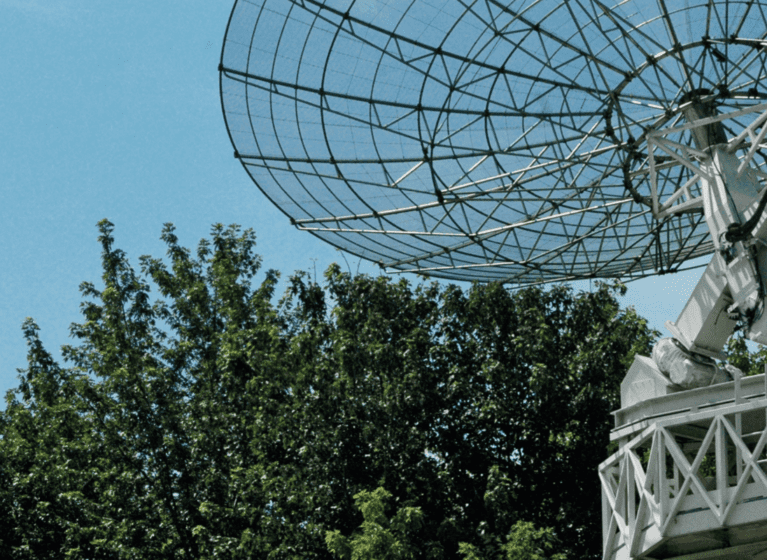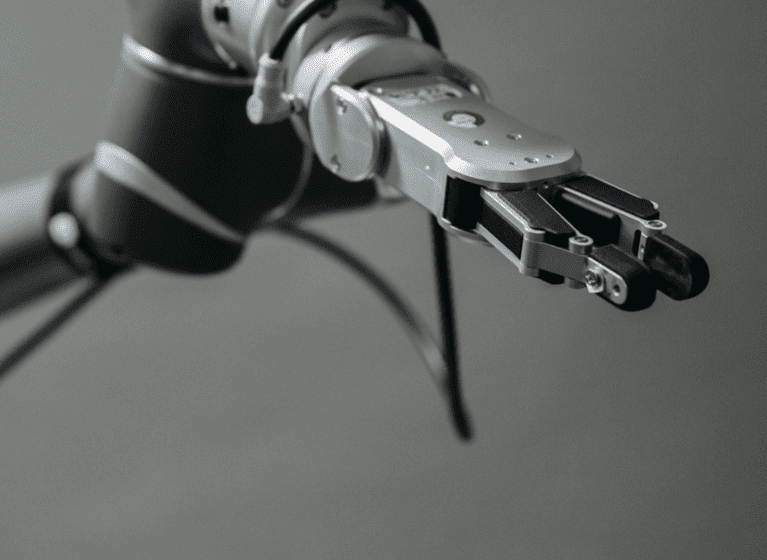Late last week, the Full Federal Court handed down its much-awaited judgement regarding patentability of gaming technology in Australia (Commissioner of Patents v Aristocrat Technologies).
Given there are more than 900 gaming-related patent applications pending at the Patent Office, and Aristocrat Technologies Australia (Pty) Ltd (“Aristocrat”) is one of Australia’s biggest patent filers, this is an important decision in this field, with implications for other industry sectors as well.
In summary, the Appeal Court has now held that the first instance court was in error and by a 2:1 majority held that the broadest claim, claim 1, did not constitute subject matter suitable for patent protection. The bench did not come to a finding on the dependent claims (which recited additional technical features). The third judge, Nicholas J, agreed that the primary judgment was erroneous, but (rather unhelpfully) did not conclude either way as to whether claim 1 defined eligible patent subject matter. It seems that the matter will now be remanded back to the primary judge for further consideration in relation to the dependent claims.
Aristocrat also has an opportunity to seek leave to appeal this decision to the High Court.
Background
Four innovation patents (related to systems and methods for providing a feature game on an electronic poker or slot machine) owned by Aristocrat were considered in this case. Broadly speaking, the inventions in all four patents concern electronic gaming machines (“EGMs”) that monitor play of a base game and trigger a feature game in response to a trigger event occurring in the base game. During the feature game, the EGM retains configurable symbols from a first set of reels on the display, replaces non-configurable symbols with symbols from a second set of reels, and displays the selected symbols.
These patents were originally rejected by a Delegate of the Patent Office for reciting subject matter unsuitable for patent protection (lacking a “manner of manufacture” under Australian law). In his concluding observations, the Delegate held the inventions were simply for games and game rules, which he classified as schemes.
At the trial, the judge, Burley J, took issue with the Delegate’s decision and identified the central question as being whether a claim to an EGM, which includes a combination of physical parts and computer software to produce a particular outcome in the form of gameplay, provides the required manner of manufacture.
In particular, Burley J arrived at a two-step test for determining patentability –
- Was the claimed invention a mere business scheme of the type that is not the proper subject matter of a grant of letters patent?
- If so, was an invention nevertheless provided in the manner in which it was implemented in a computer?
Using this test, Burley J concluded that the Aristocrat inventions did not satisfy step 1 of the test above, i.e., the inventions were not mere business schemes but machines that included a combination of physical hardware and software to produce a particular outcome in the form of gameplay. He therefore decided there was no reason to assess whether the inventions met the requirement of the second step.
Considerations
All three judges in the present case agreed that the trial judge had been in error in formulating the first step of the two-step test. The Court held that it was wrong not to look first at whether the invention claimed is fundamentally a computer implementation. The two majority judges (Middleton and Perram JJ) formulated an alternative two-part test as follows:
- Is the invention claimed a computer-implemented invention?
- If so, can the invention claimed broadly be described as an advance in computer technology?
The idea here was to avoid a computer-implemented invention being ‘dressed up’ with non-abstract features to avoid it being seen as a mere scheme. In the case of an EGM the computer is contained in a cabinet including various artwork, and Aristocrat had argued that such a specific, highly regulated machine could not be regarded as a generic computer. The court was, however, critical of past case law which used terms such as “generic computer technology” or “generic software” in differentiating the non-patentable from the potentially patentable, finding such descriptions inherently unclear.
The majority judgment found that, at its heart, claim 1 of the patent in consideration was a claim for an abstract idea (the idea of triggering and running, on a poker or slot machine, a feature game involving the display, selection and retention of configurable symbols on a set of reels), whose stated purpose was to enhance player interest and engagement and thus keep the player at the machine (and so increase operator revenue), and that abstract idea was simply brought to life by implementation on a computer. That being settled, the Court looked at whether the invention constituted an advance in computer technology, and quickly decided it was not, succinctly noting that “Claim 1 is silent on the topic of computer technology beyond that the person implementing the invention should use some”. Counter to Aristocrat’s arguments that changes in the reel structure and the idea of configurable symbols were advances in computer technology, the majority judgement held “We do not accept this submission. These may constitute advances in gaming technology but they are not advances in computer technology”.
It is important to pause at this point and note that in its decision the Court took pains to confirm that many computer-implemented inventions are and remain eminently patentable (including those that may find application in the field of EGMs), and made reference with approval to previous Full Court decisions on patentable computer inventions, namely inventions to curve rendering on screen (IBM v Commissioner of Patents (1991) 33 FCR 218) and generation of Chinese characters for word processing (CCOM Pty Ltd v Jiejing Pty Ltd [1994] 51 FCR 260).
A particularly interesting aspect of the reasoning concerns to what extent – when assessing patent-eligibility – one can break down a claim into its constituent features. In the patent in question, claim 1 involved a number of ‘non-abstract’ elements (such as a credit input mechanism and meters to monitor credits), which had contributed in large part to Aristocrat’s success in the first instance decision. Whilst the decision noted “We respectfully therefore also agree with the primary judge that one should eschew an approach which seeks to denude an invention of patentability by prematurely discounting elements of the claim”, the appeal court judges helped set the scene for their decision by including in their reasoning a number of telling observations, including “It is not suggested that there is anything inventive about Claim 1’s EGM except for its feature game and it is in all other respects an unremarkable EGM”, “The invention disclosed by Claim 1 differs from all other EGMs only by [the] feature game”, “… the substance of the invention disclosed by Claim 1 is that feature game implemented on the computer which is an EGM”.
Ultimately, the majority judgment recognised this inherent tension, noting “… it should be recognised that the approach adopted in this Court of requiring a computer-implemented invention to constitute an advance in computer technology before being accepted as patentable subject matter, is likely to overlap with the question of novelty. In very many cases it is likely that a patent which constitutes an advance in computer technology is also likely to be novel although we would stop short of saying that this is inevitable. But the converse is not true. It is quite possible for a computer-implemented invention which is novel to fail to constitute an advance in computer technology … The encouragement of novel uses of computers is not the point of this area of patent law. Its purpose is the encouragement of novel uses of computers to advance computer technology”.
It may therefore be that Australian patent examiners and courts may now feel emboldened – when looking at the question of manner of manufacture – to wholly or partially discount claimed subject matter that is known from the prior art, and assess (under the modified two-part test set out above) only the novel aspects. Time will tell what impact this decision has on patent practice under Australian law.
Implications
For Aristocrat, the story is not quite over yet. The appeal had been brought with respect only to claim 1 of one of the four patents at issue, the parties having agreed that the outcome would apply to the other three patents. However, that did not settle whether there might not be residual subject matter in other claims that may possibly satisfy the requirement of manner of manufacture, and the matter has therefore been remitted to the primary judge to determine such residual issues in light of the Full Court’s decision.
Tantalisingly, as noted above, Aristocrat has an opportunity to seek special leave from the High Court of Australia to appeal this judgment. The rather different emphasis brought to the judgment by the third judge, Nicholas J, may provide sufficient difference of opinion to tempt the High Court to accept the case. After all, the question of exactly what type of advance or improvement is sufficient to confer patentability is a critical one. We shall of course be keeping a close eye on developments in regard to a possible appeal.
On a positive note for patentees, this decision certainly does not exclude the possibility of other EGM inventions being patentable. If aspects of the EGM constitute an advance in computer technology (which may include user interfaces, display features, player input functions, etc.), such inventions may continue to pass the test of patentability. Similarly, other computer-implemented inventions should be considered patentable if they result in an improvement in computer technology, solve technical problems or make technical contributions to the state of the art.







